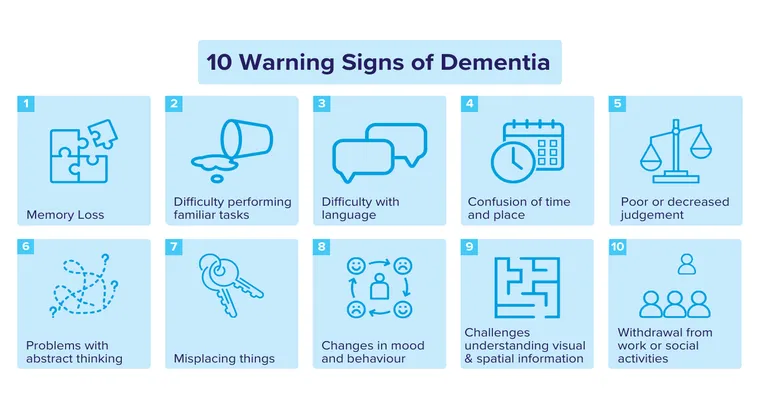Deciding when it’s time for "facility placement" can be a challenging and emotional process for families and caregivers. Understanding the signs that indicate a loved one may need a more structured environment is crucial for ensuring their safety and well-being. This article will guide you through the key indicators to consider when determining if it is time to explore "residential care options" for your loved one.
One of the first signs that it may be time for facility placement is a noticeable decline in "physical health". If your loved one is struggling with daily activities such as bathing, dressing, or managing medications, it could indicate that they require more assistance. In these situations, a "long-term care facility" can provide the necessary support to help them maintain their quality of life.
Another critical factor to consider is cognitive decline. If you notice your loved one experiencing increased confusion, memory loss, or difficulty with decision-making, it may be time to assess their situation. Facilities specializing in memory care can provide a safe environment that caters specifically to individuals with "dementia" or other cognitive impairments.
Social isolation is another indicator that could suggest the need for facility placement. If your loved one is increasingly withdrawn, not participating in social activities, or expressing feelings of loneliness, a "care facility" can offer a community environment where they can engage with others and build new relationships.
Safety concerns should never be overlooked. If your loved one has experienced falls, wandering, or episodes of forgetfulness that put them at risk, it may be a signal that they cannot live independently any longer. Many facilities have safety measures in place to protect residents, ensuring their well-being is prioritized.
Financial considerations also play a role in determining the right time for facility placement. Assessing whether your family can manage the costs associated with in-home care versus a facility is essential. Understanding the financial implications can help you make a more informed decision about the best care setting for your loved one.
Lastly, it’s important to listen to your instincts. If you feel overwhelmed or unable to provide the level of care your loved one requires, it’s essential to seek assistance. Trusting your intuition can be a guiding factor in deciding when to consider "facility placement".
In conclusion, recognizing the signs that indicate it may be time for facility placement requires careful observation and consideration. By evaluating physical health, cognitive function, social engagement, safety, financial readiness, and your own emotional capacity, you can make a well-informed decision that prioritizes the health and happiness of your loved one. Seeking professional advice from healthcare providers can also provide valuable insights during this important transition.





